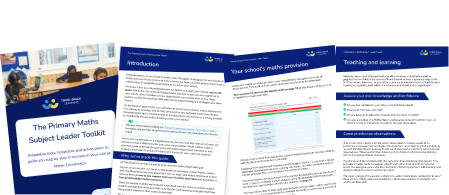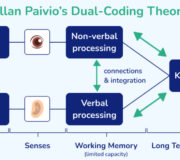Quality First Teaching Checklist: The 10 Most Effective Strategies For Primary Schools
‘Quality First Teaching’ (QFT) has become one of those phrases that everybody uses, but not everyone agrees on how to define it.
Here, we give you a broad introduction to what the term quality first teaching means and has come to mean, as well as a reliable quality first teaching checklist of strategies that every school leader should be aware of. How or if you choose to implement them depends on your own vision and school approach.
The quality first teaching strategies here have been chosen as those best suited to primary schools, but the advice is relevant to secondaries too.
What Is Quality First Teaching?
Quality First Teaching is a style of teaching that emphasises high quality, inclusive teaching for all pupils in a class. Quality first teaching includes differentiated learning, strategies to support SEN pupils’ learning in class, on-going formative assessment and many others.
Quality first teaching has existed in one form or another since 2010. Though the minutiae of what it involves has changed over time, some core principles have remained consistent – personalising learning to the individual needs of pupils, encouraging greater inclusion of pupils with SEN needs, and working to narrow the attainment gap.
The Primary Maths Leader’s Toolkit
An essential guide to help you succeed in the role of a primary school maths lead with adaptable tools, templates and action plans that you can follow step by step.
Download Free Now!The History of Quality First Teaching
Those who have been in the profession for some time or trained circa 2010 may know that the phrase ‘quality first teaching’ first appeared in several documents published by the then Department for Children, Schools and Families.
One such paper was titled Personalised Learning: A Practical Guide. This was produced as part of a drive to further decrease the attainment gap set out in the ‘Children’s Plan’.
The plan relayed the then-Labour government’s vision for ‘world class schools providing excellent, personalised teaching and learning, to help all children and young people to progress in their education and wider development.’
Indeed, the initial hope of the document as written by the Undersecretary of State for Schools and Learners was ‘that this document will support schools in evaluating where they are in the development of personalising learning and provide pointers for future development.’
It is important to note that when ‘personalised learning’ is discussed in the document, it is not referring to John Dewey’s philosophy that pupils should be free to engage only in what is interesting to them.
Rather it suggests that teachers should adapt instruction so that if pupils do not understand a new idea the first time, it is retaught in a different way or with additional support. We ‘personalise’ to the need of the pupils who did not understand by finding a teaching method that is more accessible for them.
Read more: Adaptive teaching
At Third Space Learning, we know that Quality First Teaching is the best thing for pupils. Over the past decade we’ve worked with thousands of schools to support the great work that teachers do in the classroom with our online, one to one maths tutoring.
The National Strategies Intervention
This interpretation is supported by the fact that quality first teaching makes another appearance as part of National Strategies Intervention – a programme abandoned by the coalition government when the new national curriculum was brought in and one that can still be accessed through the National Archives online.
Here it is used in the context of interventions – particularly for those with special education needs – to ensure that teachers were being inclusive in their choice of pedagogy to enable all children, regardless of circumstances, to achieve to the best of their ability.

Meet Skye, the voice-based AI tutor making maths success possible for every student.
Built by teachers and maths experts, Skye uses the same pedagogy, curriculum and lesson structure as our traditional tutoring.
But, with more flexibility and a lower cost, schools can scale online maths tutoring to support every student who needs it.
Watch Skye in actionQFT & The ‘Three Waves of Intervention’ Model
For those seeking to benefit from the guidance within the National Strategies of implementing quality first teaching, you need to understand the three ‘waves’ of intervention that can be rolled out strategically by schools to minimise underachievement in all learners.
Wave 1: Quality First Teaching
The first wave was quality first teaching. The reasoning behind this was that good planning of well-sequenced and manageable lessons and class work coupled with effective pedagogical choices, and robust assessment for learning – which was used to change instruction so all learners could achieve – was the first step in reducing underachievement.
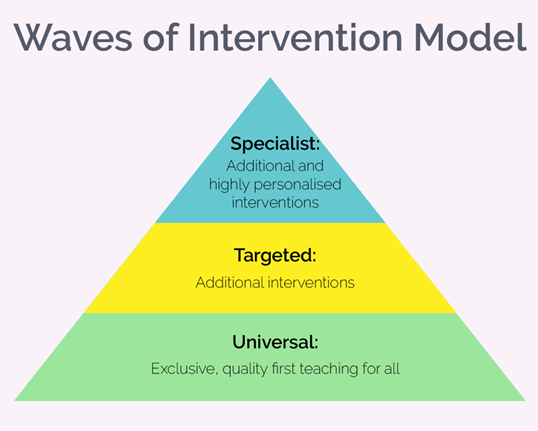
Wave 2: Additional Interventions
Wave 2 was meant to be delivered as well as Wave 1, not as a whole-sale replacement. The idea behind this was that those pupils who were just about falling behind could be identified and corrective instruction could take place in small groups that would quickly put the pupils back on track to meet age-related expectations.
This would not have to take place outside of a whole-class maths lesson but could be part of guided work within a lesson. Interestingly, the National Strategies made the case that these interventions should ‘take the form of a tight, structured programme of small-group support that has an evidence base of impact on progress.’
Wave 3: Personalised Interventions
The final Wave, Wave 3, was an increasingly personalised programme to really help those learners struggling to keep up and to narrow the attainment gap. Again, this was not calling for the removal of children from Wave 1, the Quality First Teaching, but rather accepting that some pupils would require even more support than Wave 2 offered.
Where Wave 3 differed from Wave 2 was the need to maximise and accelerate progress, perhaps through the use of specialist teachers or highly trained teacher assistants and support staff to achieve very specific targets.
As a one to one tutoring provider, Third Space Learning is an example of a Wave 3 intervention. It’s not easy for schools to give specific pupils tailored support without putting extra pressure on already-stretched budgets and workloads. Third Space Learning helps school budgets reach maximum pupils through AI maths tutoring, without adding to staff workloads.
Quality First Teaching & SEN
Finally, QFT is mentioned in the 2015 government document Special educational needs and disability code of practice: 0 to 25 years. This paper focuses on what schools can do to support those with additional needs particularly cognition and learning difficulties. On page 99, it mentions:
‘High quality teaching, differentiated for individual pupils, is the starting point in responding to pupils who have or may have SEN. Additional intervention and SEN support cannot compensate for a lack of good quality teaching.
Schools should regularly and carefully review the quality of teaching for all pupils, including those at risk of underachievement. This includes reviewing and, where necessary, improving, teachers’ understanding of strategies to identify and support vulnerable pupils and their knowledge of the SEN most frequently encountered.’
So when we talk about Quality First Teaching, we are talking about how we can make our teaching inclusive so that all learners can receive instruction from the teacher and not from a teaching assistant outside the classroom.
N.B. While Quality First Teaching encourages direct instruction from class teachers for SEN pupils, the ways in which this will be carried out should first be discussed with the SENCO and other relevant figures and adhere to the SEND Code of Practice.
It is also worth keeping in mind that what works well for pupils with SEN will also be beneficial for those without (albeit to a lesser extent).
10 Quality First Teaching Strategies To Implement In Your Lessons
- Small Step Planning
- Plan for Error
- Assessment for Learning Strategies
- Manipulatives and Representatives
- Metacognition and Modelling
- Explicit Teaching of Mathematical Vocabulary
- Examples and Non-Examples
- Ensure 100% Participation
- Purposeful Practice
- (Pedagogical) Content Knowledge
One of the issues with QFT was that everyone had different ideas as to what actually constituted ‘Quality First’ teaching.
For many years, ‘fun’ lessons were all the rage, particularly in primary maths, and fun was the measurement of the ‘quality’ of the lesson.
However, we now know from cognitive science that these types of ‘fun’ lessons cause episodic memories, which are heavily tied to their context and do not transfer well into novel situations. Superficially, it might have seemed as if pupils were engaged, but it was unlikely that the lesson would benefit pupils’ learning in the long-term.
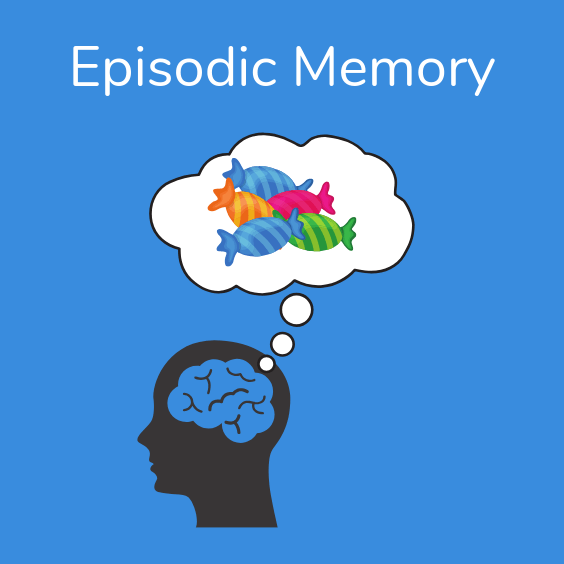
Read more
The Department for Children, Schools and Families, in Personalised Learning: A Practical Guide, offered their own interpretation of what constitutes as quality first teaching. On page 10, the document says that QFT:
‘… demands 100% participation from the pupils, and sets high and realistic challenges. It does not ‘spoon feed’, it is challenging and demanding; it expects pupils to be able to articulate their ideas, understanding and thinking by actively promoting pupil talk.’
On page 12, the guide summarises the key characteristics of QFT as:
- Highly focused lesson design with sharp learning objectives
- High demands of pupil involvement and engagement with their learning
- High levels of interaction for all pupils
- Appropriate use of questioning, modelling and explaining on the part of the teacher
- An emphasis on learning through dialogue, with regular opportunities for pupils to talk both individually and in groups
- An expectation that pupils will accept responsibility for their own learning and work independently
- Regular use of encouragement and authentic praise to engage and motivate pupils
While it is difficult to argue with these characteristics, a good idea for all senior leaders is to use some time to talk through with staff what quality first teaching means to them, and develop a shared vision of QFT across the school.
Getting this shared understanding will be crucial as it gives staff clear targets for what leaders will be looking for and can have a say in the process.
This will prevent teachers from having to alter their practice when being observed, as they know what the observer is looking for – more often than not, this would just be the way that the observer teaches.
Below I will outline 10 strategies that could be used as a point of discussion when thinking about what quality first teaching looks like in your school. The examples given are drawn from primary maths but apply equally to other curricular subjects.
N.B. These do not constitute an order of importance or effectiveness.
1. Small Step Planning
According to cognitive load theory, because of the limits of working memory it is very difficult for young children to juggle more than around 4 items in their working memory at any one time.
One way to overcome this limitation is by having plenty of information in our long-term memory. This allows the limits of working memory to be ‘chunked’.
This means that instead of seeing something like long multiplication as a process of small individual steps (with each step taking up a part in our working memory), this procedure is processed as one item in our working memory.
The benefit of this is that more working memory is freed up to put attention on other things. Small step planning aids in this process as it limits the cognitive load placed on pupils.
This in turn increases the probability of the new information breaking past the bottleneck of working memory and into long-term memory, improving pupils’ problem solving skills.
Read more: Cognitive load theory in the classroom
2. Plan for Error
When planning our lessons, it is important that we not only plan for what our pupils should do but also plan for the errors that our pupils could make.
This way we can make these errors explicit through direct teaching, as well as the strategies that we can use to overcome these errors.
By considering these errors, we can also anticipate the prior learning that will be required for pupils to be successful in the lesson and plan for this knowledge to be retrieved back into working memory. This could be achieved through a short starter that will help make the links between the prior knowledge and the new learning more explicit.
3. Assessment for Learning (AfL) Strategies
Much has been written about the impact of AfL and Professor Dylan Wiliam is the foremost expert of this strategy. In his latest book, Creating the Schools Our Children Need, he outlines five main features of short-cycle formative assessment: what teachers can do, minute-by-minute or day-by-day, to ensure high-quality formative assessment takes place.
- Ensuring pupils know what they are meant to be learning
- Finding out what the pupils have learnt
- Providing feedback that improves pupils’ learning
- Having pupils help each other learn
- Developing pupils’ ability to monitor and assess their own learning.
Recent research conducted by the Education Endowment Fund has found that formative assessment has a positive effect on learning outcomes and those who were involved in the trial gained the equivalent of two months of additional progress.
The other interesting thing they found was that pupils in the lower third for attainment showed greater progress than those in the highest third.
Using assessment for learning to first establish what a student knows before teaching them something new, after we have taught something new through questioning in the classroom, and again after we have changed our practice as a result of the first wave of formative assessment is one way that we can ensure the whole class or whole school can be brought up to a high standard.
It is through AfL that we can see if our teaching is effective and if pupils may need the more individualised support of a Wave 2 intervention.
Read more: Your Intervention Must-Have: Formative Diagnostic Tests
Each Third Space Learner completes a Skill Check Out question to assess their understanding of the topics they’ve covered with AI tutor Skye. You’ll be able to compare these results with their Skill Check In question to track their progress.
4. Manipulatives and Representations
In their guidance report on improving KS2 and KS3 maths education the Education Endowment Fund recognises the use of manipulatives and representations.
They recommend that one of the purposes of using these manipulatives is to ‘…reveal mathematical structures and enable pupils to understand and use mathematics independently.’
Manipulatives can be used across all key stages and are especially important in early maths as they provide concrete experiences which pupils can associate with mathematical ideas.
Common manipulatives found in the classroom include: Base 10, Dienes blocks and Cuisenaire blocks.
In the guidance report, the EFF lays out five recommendations for what effective use of manipulatives looks like:
- Ensure that there is a clear rationale
- Enable pupils to understand the links between the manipulatives and the mathematical ideas they represent
- Try to avoid pupils becoming reliant on manipulatives
- Manipulatives should act as a ‘scaffold’, which can be removed
- Manipulatives can be used to support pupils of all ages
When discussing inclusive quality first teaching for learners with SEN, the use of concrete resources as part of the concrete, pictorial, abstract approach and other visual or kinaesthetic representations is one of the most powerful tools that teachers can use.
When combined with goal-free problems that help pupils identify the actual maths involved in a problem, manipulatives can help pupils make remarkable progress.
5. Metacognition and Modelling
Another recommendation from the EEF, using metacognition in the classroom, refers to thinking about thinking. It has become widely recognised as one of the most important study skills for pupils, especially if it has been embedded early on. This means more than teaching generic thinking skills (though these too have their place in primary schools), but rather embed metacognitive skills within the content of subject disciplines.
Recommendation 5 of the guidance report on Metacognition and Self-Regulated Learning suggests that metacognitive talk can ‘remain implicit and hidden’. One way to make this explicit is to use metacognitive talk when live modelling examples to pupils.
Not only do you clearly explain the ‘what’ about what needs to be done to be successful but also explain ‘why’ certain choices have been made.
Going further, we should also put the onus on the pupils to explain the ‘why’, first through shared talk e.g. in partners or in group work (or even role play exercises), before increasingly asking them to be more independent with their thinking.
6. Explicit Teaching of Mathematical Vocabulary
Maths vocabulary can be challenging as there are key words which also have an everyday meaning that pupils may use regularly.
One such example might be the word ‘prime’. When teaching a lesson on prime numbers, pupils may initially assume you are referring to something to do with the Amazon subscription bundle and not a mathematical concept.
The explicit teaching of new vocabulary, which can be huge barrier to understanding, should be a fundamental part of our maths teaching, and to ensure inclusiveness even pre-taught to some learners so that their understanding during a lesson will be greater.
One effective way of teaching mathematical vocabulary is through Frayer Diagrams.
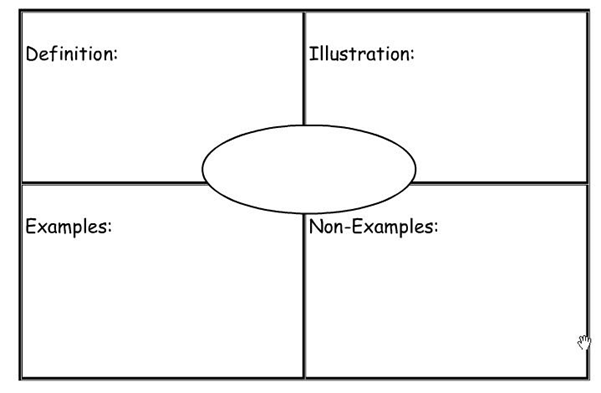
Here the word we mean to teach can go into the middle and we can fill out the corresponding section with relevant information.
Another means of teaching vocabulary is to look at etymology of root words, suffixes and prefixes.
This means that we can teach that the suffix ‘tri’ means 3 and so a triangle is a shape with three angles. Or tract comes from the Latin ‘trahere’, which means to pull, this can help pupils visualise that when we subtract, we pull the number apart to make it smaller.
7. Examples and Non-examples
Linked to the above is the idea of non-examples. It is clear to teachers that one way to show new ideas is through examples. However, showing ‘non-examples’ can be more effective that just sharing examples.
Non-examples allow pupils to compare both side-by-side and find the boundaries and limits of the idea we are teaching.
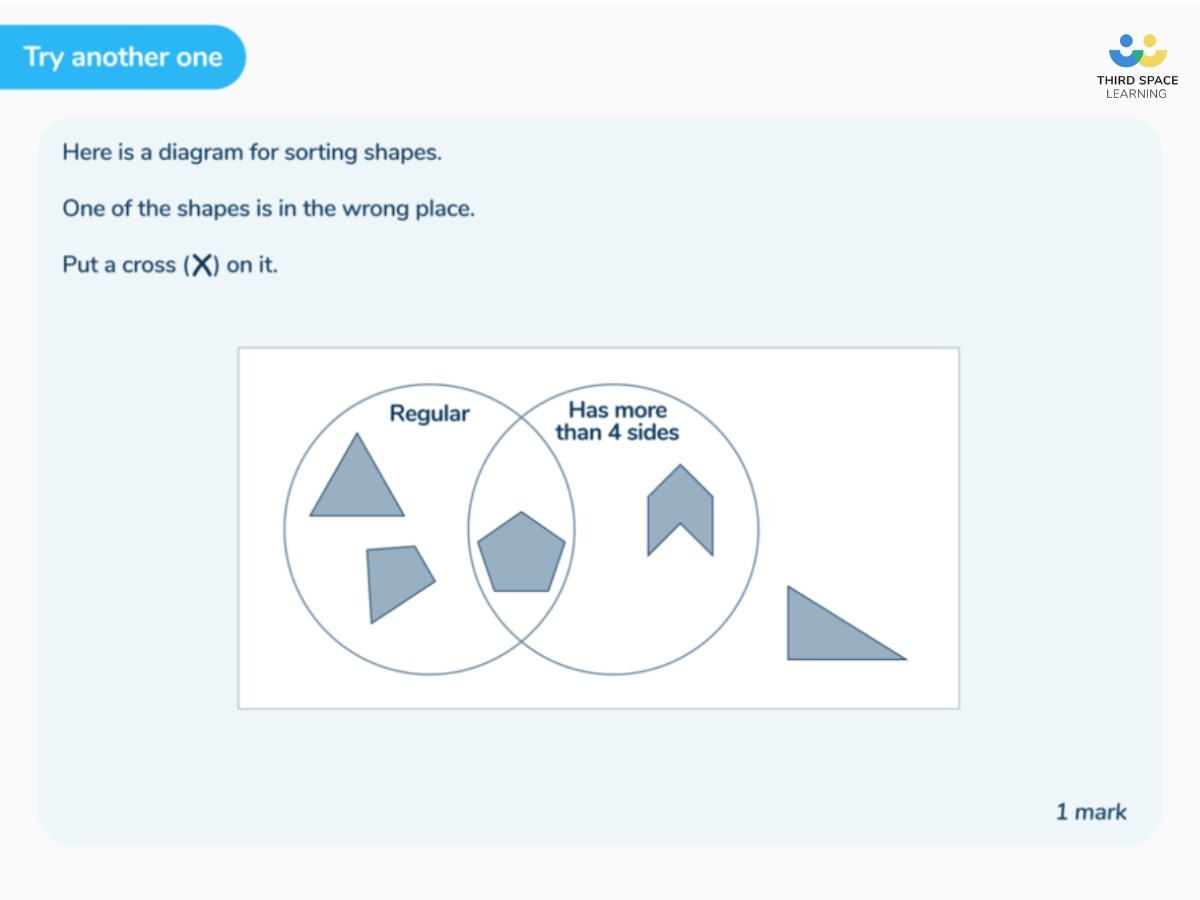
For example, when teaching odd numbers, you could depict sets of both odd and even numbers as visual representations in groups of 2 (e.g. drawing pairs of fruits); representations of odd numbers will always have one left over, whereas even numbers do not. From this, pupils should be able to note the key difference between the sets of numbers, and therefore the core of what they’re learning.
8. Ensure 100% Participation
We know that student participation is crucial to learning. If we don’t get pupils really engaged with their learning, they won’t remember it.
To that end, its important that we make certain pedagogical choices that ensure 100% of the pupils are participating in the lesson.
There are a variety of ways out there to achieve this – mini whiteboards being one example.
One of the most powerful ones comes from Teach Like a Champion and is called ‘Cold Calling’.
Effectively, we get rid of the notion of ‘hands up’, as this creates a culture where the less confident pupils or low ability students can hide behind the more confident pupils.
What cold calling does is create a culture in which the teacher may call on a student at any time to answer a question. There are a couple of key ways this is done.
Firstly, the question is asked, and then a pause is given between the question and a student’s name being called. The idea being that once this is embedded, all pupils will get used to the fact they might be called, and focus on answering the question.
The other thing to consider is that if a child does not know the answer, they can ask a classmate but then you return to the original student to repeat the answer. This is referred to as no opt-out.
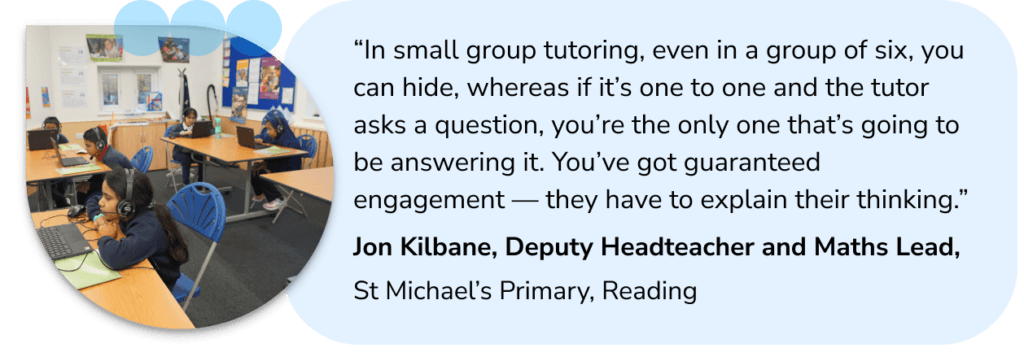
9. Purposeful Practice
Not all practice is equal. The common phrase ‘practice makes perfect’ is of no use to teachers as if our pupils are practising the wrong thing!
Indeed, what may happen is that the pupils practise something incorrectly so often that this error becomes permanent. What we need to move to is a more ‘purposeful practice’.
Often referred to as ‘deliberate practice’, this is where the component parts that make a new skill are broken down and each component is practiced over and over again, with appropriate feedback from the teacher to ensure it is practiced to a point that pupils can’t go wrong.
This requires time to be provided by the teacher for the pupil to practice and effort from the pupil to practice it correctly.
To make this more effective, you could interleave similar content into the practice period so pupils have to retrieve broadly related but also slightly different information from their long-term memory to help them answer questions.
This must also be repeated regularly as retrieval practice to ensure that pupils have truly committed the topic to their long term memory. Perennial problems such as the summer slide become much less problematic if pupils have thoroughly absorbed new knowledge and practiced retrieving it.
10. (Pedagogical) Content Knowledge
In 2014, Robert Coe et al. produced a report called ‘What makes great teaching’. In that report they mention that there are clear links to the teacher’s understanding of the content (and how it could be taught) and the gains pupils made.
On page 2, they write “The most effective teachers have deep knowledge of the subjects they teach, and when teachers knowledge falls below a certain level it is a significant impediment to students’ learning.”
It is therefore important that leaders identify the weaknesses of staff and offer appropriate CPD to ensure that all teachers are confident in not just understanding the content of primary maths but also the best strategies, like the use of manipulatives, to teach the content effectively.
Being able to impart the knowledge you possess effectively is equally important, and a combination of direct instruction and independent work (with appropriate differentiation in teaching and differentiation in the classroom) is central to achieving this aim.
Just as we hold pupils to high expectations, we should hold ourselves to high expectations as well.
Quality First Teaching Isn’t The Be-All End-All… But It’s A Good Start
Ultimately, closing the attainment gap is a task that needs more than just high-quality teaching to achieve. Regardless of a teacher’s best efforts, some pupils will require even more support than they can provide alone.
This is where schemes like the Pupil Premium are most useful; they enable schools to find and make use of those resources that will help bridge the gap even further.
But ensuring that staff have a clear, unified vision of what constitutes quality first teaching – and providing them with the knowledge and tools to carry this out – makes the gap just that bit smaller.
- Read more:
- The most effective intervention strategies for schools
- Why Schools Are Choosing Affordable AI Voice Tutoring
Bibliography
- Coe, R. and Aloisi, C. and Higgins, S. and Major, L.E.(2014) ‘What makes great teaching? Review of the underpinning research.’, Project Report. Sutton Trust, London.
- Department for Education and Skills (2007). Pedagogy and Personalisation. London: Department for Education and Skills.
- Education Endowment Fund, 2017, Improving Mathematics at Key Stage 2 and 3, accessed online: https://educationendowmentfoundation.org.uk/tools/guidance-reports/maths-ks-2-3/
- Education Endowment Fund, 2018, Metacognition and Self-regulated Learning, accessed online: https://educationendowmentfoundation.org.uk/tools/guidance-reports/metacognition-and-self-regulated-learning/
- Department for Children, Schools and Families (2007). Pedagogy and Personalisation. London: Department for Education and Skills. Accessed online at: https://dera.ioe.ac.uk/8447/7/00844-2008DOM-EN_Redacted.pdf
DO YOU HAVE STUDENTS WHO NEED MORE SUPPORT IN MATHS?
Skye – our AI maths tutor built by teachers – gives students personalised one-to-one lessons that address learning gaps and build confidence.
Since 2013 we’ve taught over 2 million hours of maths lessons to more than 170,000 students to help them become fluent, able mathematicians.
Explore our AI maths tutoring or find out about maths tuition for your school.



